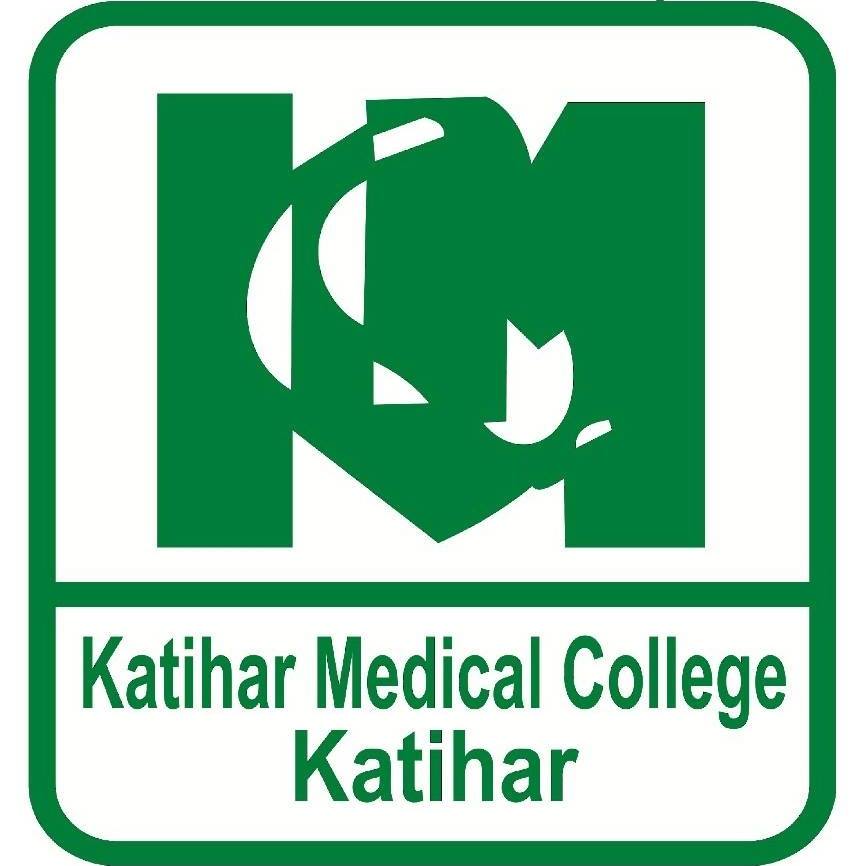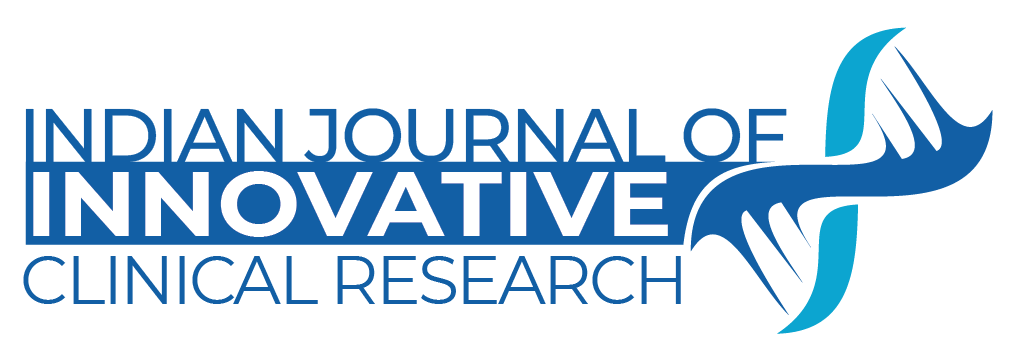Journal Menu
- Home
- Aims & Scope
- Editorial Board
- Article Preperation Guideline
- Online Submission
- Articles Early View
- Current Issue
- Archive
- Membership
- Reprints
Diffusion-Weighted MRI as an Early Predictor of Neoadjuvant Chemotherapy Response in Locally Advanced Breast Cancer: A Longitudinal Study
Article Information
Background: Early assessment of reaction to neoadjuvant chemotherapy (NACT) is essential in handling regionally advanced breast most cancers (LABC). conventional imaging modalities are constrained in detecting early microstructural modifications. Diffusion-weighted magnetic resonance imaging (DW-MRI), through quantitative dimension of the apparent diffusion coefficient (ADC), gives a non-invasive approach to screen early remedy response.
Objective: To assess the efficacy of DW-MRI, especially serial ADC modifications, as an early predictor of pathological response to NACT in patients with LABC.
Method: This became a prospective, longitudinal study regarding 82 girl sufferers with biopsy-showed LABC at Katihar scientific college, Bihar. All sufferers underwent DW-MRI at baseline, publish-first NACT cycle, and submit-treatment of entirety. ADC values were recorded and correlated with pathological response put up-surgery. information had been analyzed the usage of paired t-tests, ROC curves, and subgroup analysis.
Result: Sufferers who performed pathological whole response (pCR) showed a appreciably higher boom in ADC values after the primary chemotherapy cycle compared to non-responders (31.2% vs. 17.eight%, p < 0.001). An early ADC growth of ≥25% anticipated pCR with 82.1% sensitivity and 79.6% specificity. DW-MRI showed excessive reproducibility (ICC = 0.88–0.ninety three) and stronger correlation with pathological reaction than tumor size reduction by myself. HER2-enriched and triple-terrible subtypes exhibited extra ADC shifts and higher pCR rates.
Conclusions: DW-MRI is a sensitive, reproducible, and comparison-loose tool for early prediction of NACT response in LABC. ADC kinetics offer valuable insights into tumor biology and might facilitate adaptive remedy strategies in breast most cancers management.


